Puno, Peru. There is a group of artificial islands on Lake Titicaca called Uros, whose origin predates even the Incas. These are floating mini-cities made of totora, an aquatic plant from the region, located 3,800 meters above sea level. Their “inhabitants” are descendants of the Aymara people, and the languages spoken are Quechua, Aymara, and Uro, although the latter has almost disappeared.
These islands welcome most visitors in Puno, as they are only half an hour from the city’s port. It’s the perfect program for those with a tight schedule who don’t want to miss out on the legendary waters of Titicaca or its famous floating islands.
In this blog, we will explore this universe and the customs, traditions, and way of life of the “inhabitants” of the islands. We will inform you about the different excursions you can choose and address myths, truths, and lies. This way, you won’t be surprised and will know what to expect from this cinematic part of the planet.
The Legends of Titicaca
Lake Titicaca is the largest in South America, covering 8,562 km², shared between Peru and Bolivia. It is located between two mountain ranges and is the highest navigable lake in the world. Considered the cradle of the Inca civilization, it is an enigmatic place, full of legends that reflect the wisdom of ancient peoples. This treasure connects travelers with the Andean spirit.
This sacred place’s enchanting and mysterious atmosphere speaks of gods, sea creatures, and supernatural beings. Sailing on its waters is like passing through a portal where reality and fantasy blend in legends passed down through generations to this day.
In this reading, we invite you to embark on an unparalleled journey through time into the Andean myths, where every corner is steeped in mystery and spirituality from the mythical Isla del Sol, attributed as the birthplace of the first Incas, to the supernatural depths of this mysterious lake.
Join us in discovering another fantastic destination in Peru that connects us with the mystical essence of the Andes. Learn more about Puno, its mysteries, and the islands of Titicaca.
The Legend of the Origin of the Incas
The Sun god, known in his most significant form as Inti, is said to have created two human beings named Manco Cápac and Mama Ocllo. They are said to have emerged from the deep waters of Lake Titicaca on a mission to find an empire. To achieve this, the deity gave them a golden staff indicating the appropriate place.
Legend has it that Manco Cápac and Mama Ocllo traveled by sea and land until they reached Cusco, where the staff sank into the ground. Thus, the greatest empire of all time was born: the Inca Empire, home to one of the seven modern wonders of the world, Machu Picchu.

The Legend of the Isla del Sol: Abode of the God Viracocha
In the heart of Lake Titicaca lies a sacred place shrouded in mystery and reverence: Isla del Sol. According to Andean mythology, it was the abode of the god Viracocha, the supreme creator, and here the creation of the world began, giving life to the sun, moon, and stars.
For this reason, the Incas considered this island a place of pilgrimage and worship, where ancestral rituals were performed in honor of the divine power that resided there. In this legend, we can clearly see the spiritual connection between the lake and the gods, making Isla del Sol a center of power and devotion.
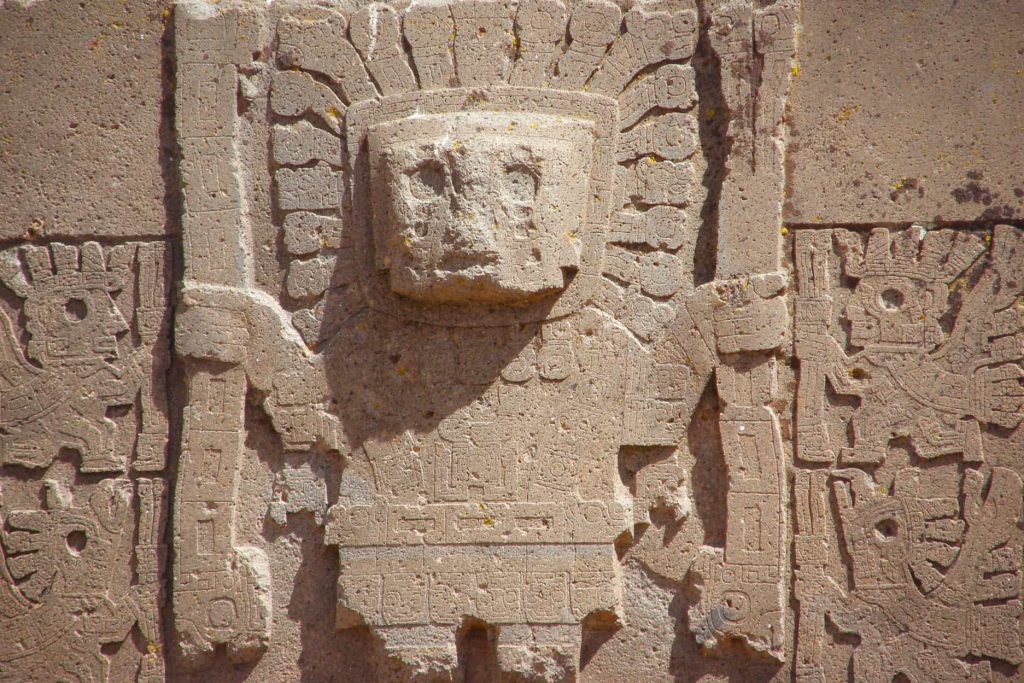
The Legend of the Sunken Treasure
One of the most fascinating legends is that of the sunken treasure. In ancient times, the inhabitants of Tiahuanaco threw their riches into the lake to protect them from conquerors. Although many have attempted to retrieve these hidden treasures, the lake has never returned them, keeping them secret. Adventurers and treasure hunters believe that the depths of Titicaca hold this treasure and that only the chosen ones will find it.
The Legend of the Triton
There is a legend of the Triton, a creature of the depths of Lake Titicaca. His appearance, half-man, half-fish, and his hypnotic song lure sailors to an uncertain fate in the depths of the lake. Tales of the Triton are part of local folklore, and inhabitants recount numerous encounters between this being and fishermen and island residents. Another legend that reinforces the mystery contained in Titicaca’s mysterious waters.
The Legend of the Lady of the Night
According to legend, the spirit of a young woman roams the nights of Lake Titicaca, especially during full moons, searching for her beloved, who was lost in a storm on the same lake. This is the most moving love and tragedy story the inhabitants tell along the shores.
This is the Lady of the Night, a legendary figure frequently seen under the moonlight. Her lament can be heard by those who dare to sail the lake at night. This legend exposes a deep sense of emotion and melancholy, symbolizing the pain of loss and eternal hope, which resonate in the Andean soul.
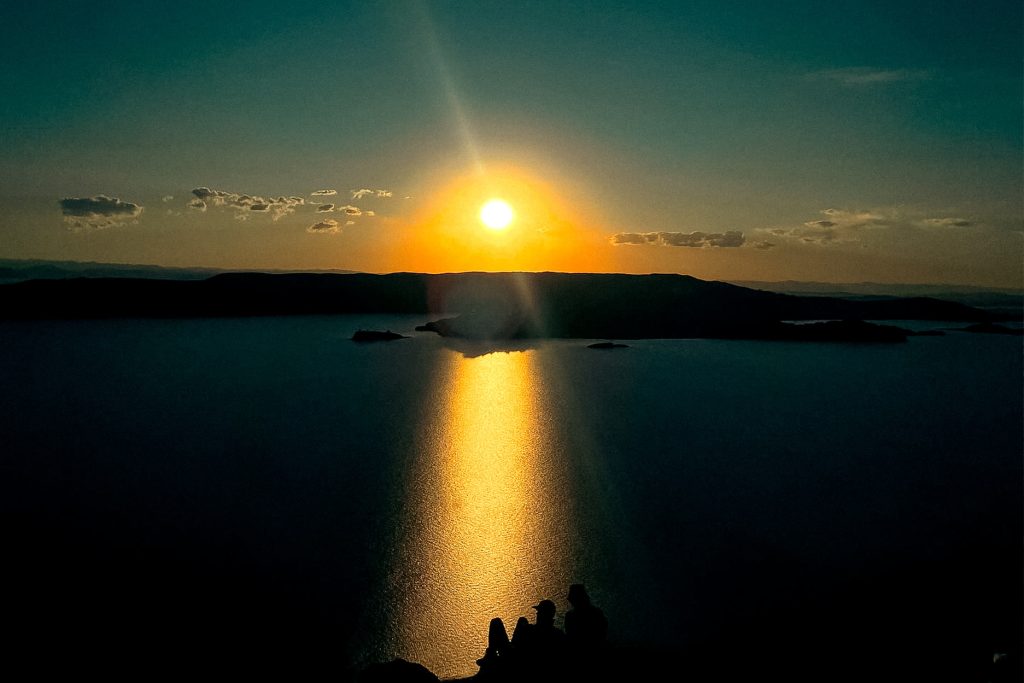
Uros
On the Way to the Islands
After boarding one of the boats departing from Puno’s port starting at 7 a.m. for a fee of 28 soles (20 soles + 8 soles for the island entrance), rush to secure your spot if you enjoy traveling next to the window. For the more adventurous, there’s the option to sit in the back of the boat and, once authorized, climb to the top, basking under the sun and breeze with the most privileged view Lake Titicaca can offer, watching the small foam waves form as the boat moves swiftly. Hurry! In half an hour, you’ll be arriving at the Uros Islands.
Shortly after passing through a channel of murky water surrounded by sun-bleached totora reeds, you’ll see the entrance to the Uros Islands. As the boat approaches, you’ll notice the sign bearing the islands’ name and some women in colorful skirts waving. You’ve arrived!
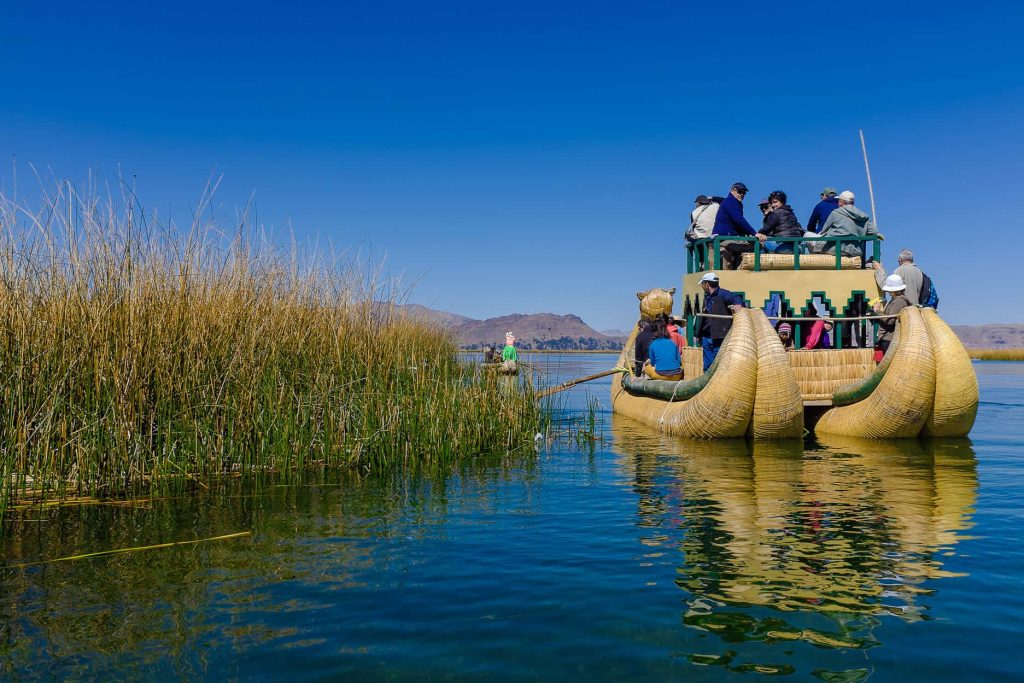
Getting There
Now, the waters are bright, a cinematic turquoise blue. Notice the blend of blues with the “clear sky” and the low mountains surrounding the place. In the middle of this landscape, the islands emerge condors, Andean symbols, letters, houses, and boats, all made of totora reeds. The golden-yellow gondola-shaped boats stand out here and there, while others, more robust, display the image of two massive pumas swaying with the rhythm of the tide. We’ve arrived.
However, before disembarking, a group of Aymara women was already waiting for us. They sing and clap, greeting our arrival. The moment my foot touched the damp totora for the first time was unforgettable. I felt like I was sinking, and slowly, I sought the balance and steps necessary to continue. I was on the floating island of Lake Titicaca! The eyes watching us belong to precious, half-hidden children curious about the visitors. Soon, a group invited us to sit in a circle to listen to an explanation about the islands: a fascinating lesson on the use of totora, the construction of the islands, and, surprisingly, a tasting of the plant. Yes, totora is edible! I must say, its texture resembles sugarcane, though it’s not sweet.
Visiting the interior of the cabins made from this plant fulfilled a childhood dream. Inside were some traditional outfits, mattresses, and a few crafts hanging. Cozy. Using the bathrooms, also made of totora, was quite an adventure—almost disastrous! It’s hard to keep your balance! A tent of the same material serves snacks and lunches for 30 soles.
However, it’s hard to resist the handicrafts for sale: replicas of the boats in all sizes, even fruit bowls shaped like them! The embroidered tapestries depict daily life on the island and are beautiful! There are irresistible mobiles, bags, keychains, and many temptations. One note, though: unless you want to contribute to the families, which is very noble, you should know that in the port of Puno, there’s a market, the Quechuas and Aymaras Craft Center, that sells the same items at a much more affordable price than on the islands. This tip is helpful for everyone who wants to take home a unique souvenir.¿
Who are the Uros? A Brief Story
In the heart of the highest navigable lake in the world resides one of the most influential civilizations in history: the Uros. Along with these people came the islands they created, a masterpiece of engineering that, for many years, remained unknown to many.
Today, they are the main attraction on the Peruvian side of Lake Titicaca, where, on around 100 islands, 1,800 indigenous people have made their homes using only totora reeds.
The origin of the inhabitants of these famous floating islands dates back millions of years, long before the Incas. However, there are no documents indicating the exact nature of this civilization, although it is believed they are descendants of the earliest cultures of the Andean highlands, who initially lived on the shores of Lake Titicaca. It is estimated that the Uros emerged about 3,700 years ago. The islands were initially built to escape conflicts with other tribes, allowing them to move and live isolated safe in the lake’s waters.
The Daily Life of the Uros
The life of the Uros was, and still is, very different. They inhabit tiny houses, a maximum of three square meters, with no room for any furniture beyond stacked mattresses. Its inhabitants claim they don’t feel cold due to the dark blood running through their veins. They consider themselves, by heritage, the owners of the lake and its waters.
Language
The original language of the Uros was lost due to the fusion of Inca and Aymara cultures. Today, some speak Aymara, and others Quechua.
How Are the Islands Built and Maintained?
The islands made of totora reeds, a masterpiece of engineering, especially considering their durability, need weekly or monthly maintenance, depending on the time of year, as the totora reeds begin to rot and eventually disintegrate.
Families are responsible for constructing and maintaining the islands, which can last up to 30 years. The members collect this rare plant, then tie and stack several layers on top of the totora root base.
The floating islands are anchored to the bottom of the lake with ropes and eucalyptus stakes. To build an island, they create a base layer of totora roots, which grow abundantly along the lake, approximately two meters thick, requiring much effort and time to construct.
The Uros Today: The Reality
The primary source of income is tourism, which increasingly improves the quality of life of its “inhabitants” while also providing more adequate sanitation facilities and using more modern technologies, such as installing solar roofs in some totora houses.
Over time, the reality of the Uros has changed: from a simple lifestyle based on the natural resources of the lake and its surroundings, they have adapted to a more modern way of life. And while they maintain their traditions, many families no longer use the islands as their place of residence, only as their workplace. Most of them simulate daily life during the day for tourists, as their current residences are in the city of Puno, where they return at the end of each day of work with the tourists.
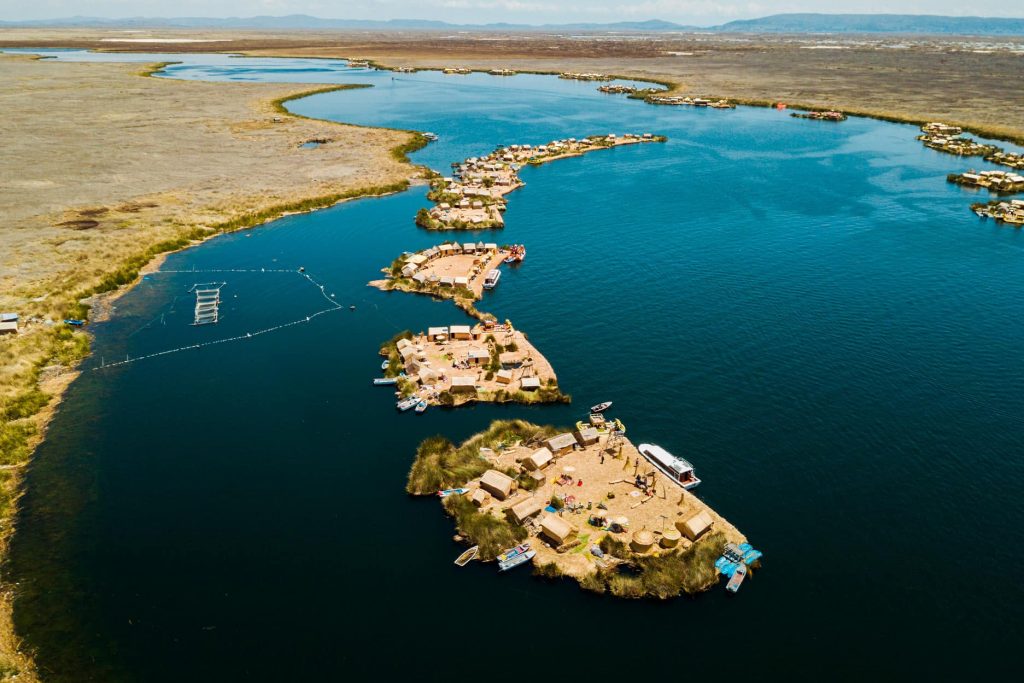
Visiting the Islands: Tours
For those interested in visiting the floating islands of the Uros, there are different excursions. Depending on your preferences and availability, there’s an option for you. The options are:
Half-Day Tour on Lake Titicaca
This is a good option if you have a tight schedule but still want to experience the best of Lake Titicaca.
A half-day tour will take you through its vast blue waters to discover the highest navigable lake in the world, allowing you to explore the Uros and Taquile islands.
The experience can be organized in the morning or afternoon, giving you time to explore the city and two of the lake’s main attractions in one day.
Full-Day Tour on Lake Titicaca
For those with a little more time in Puno, this boat tour will take you to see all the cultural wonders of Lake Titicaca in one day.
The full-day tour will allow you to immerse yourself in this natural marvel and its attractions with all the details. On this occasion, you can explore the famous art of Taquile Island, the impressive floating Uros islands, and one of the lake’s largest islands, Amantaní.
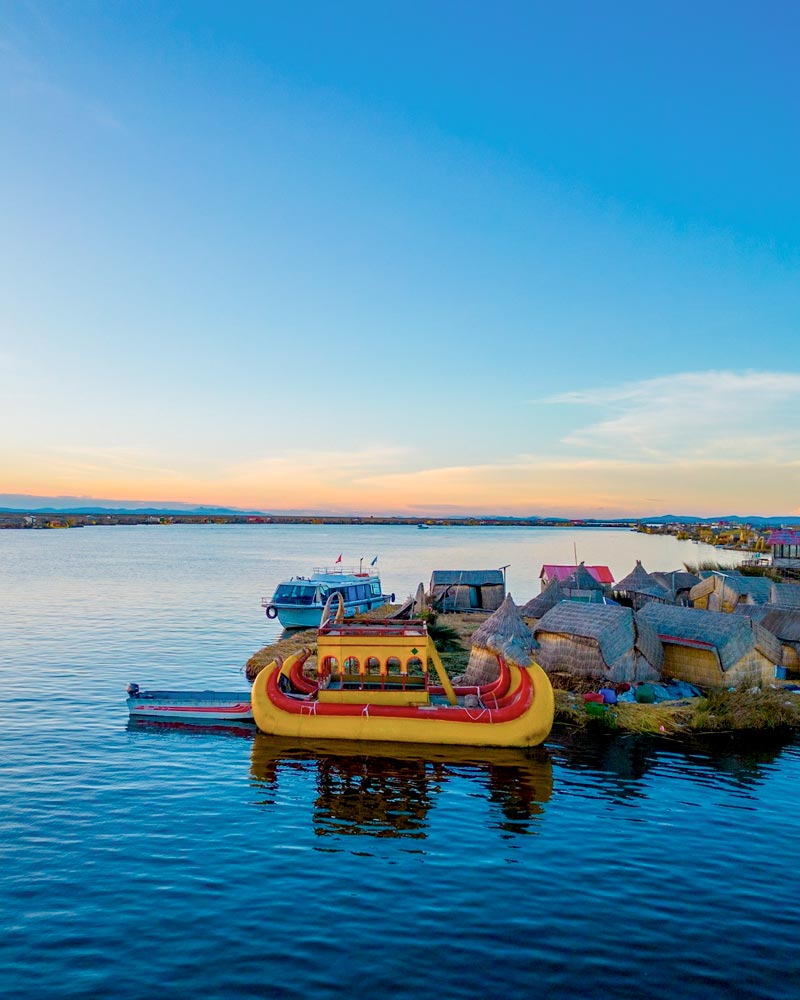
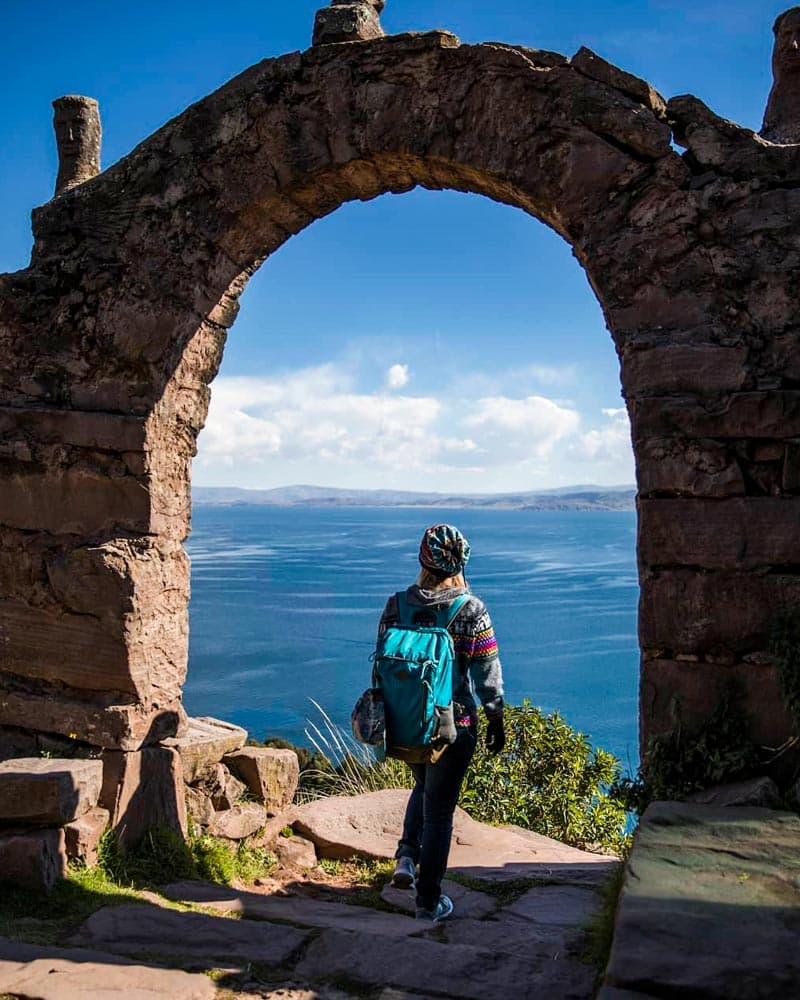
Homestay with the Lake Titicaca Communities
There are no hotels on the islands. As part of the management structure, the residents use their homes as accommodations, promoting tourism without losing the region’s rustic character. Therefore, some accommodations bear the names of their owners, such as the House of Inés and Felipe, the Celso Family House, or Valentin’s House.
This is the most intimate way to experience the culture and traditions of the islands of Lake Titicaca. You can stay and be part of the daily routine of its inhabitants, learning to fish, harvest totora, and much more. This experience includes Amantaní, Taquile, and the Uros islands.
I still remember the breeze of Lake Titicaca, the warmth of the sun, always present, and the blue, the predominant color in this charming scenery, both in the sky and its waters and its people. I still have the genuine smile of its inhabitants and the simple and captivating way they live. The rainbow inhabits the islands of Titicaca, but don’t look for it in the sky; look for it in the most different flowers you’ve ever seen, in the colorful outfits, in the carefully made crafts… all very magical and unforgettable. It’s a true gift of life to enjoy this journey. I hope you don’t take long to visit this paradise called Puno, Lake Titicaca, and its islands. It’s sensational!

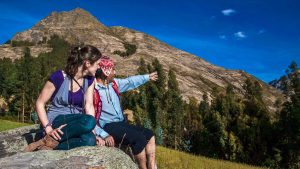
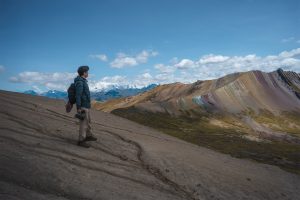
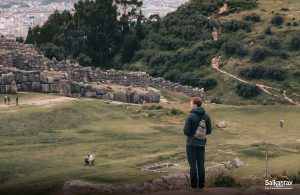
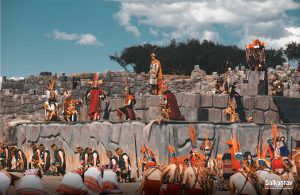



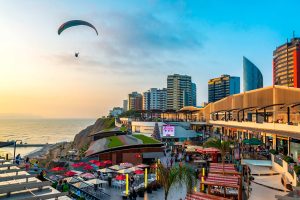

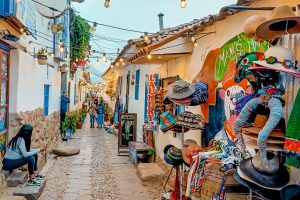
Leave A Reply